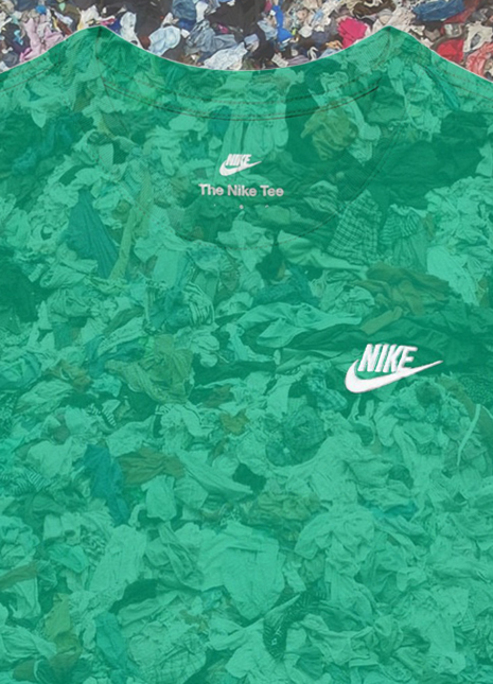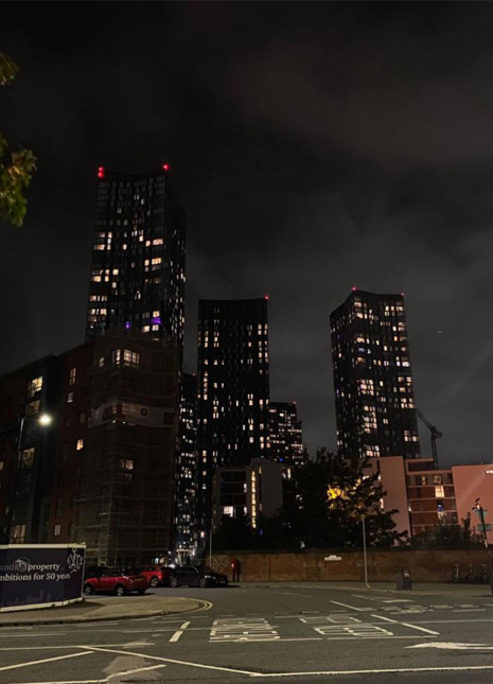Living In A Waste Society
Is Forever21’s downfall the first step towards victory for sustainable fashion?
I’ve never been one of those sickening optimists who see the best in everything and everyone, which is why I found myself in a rather conflicted position with the rise of this whole we-can-and-will-save-the-planet discussion that seems to grow with every passing day. Don’t get me wrong, I’d love to save good old Mother Earth but seeing people marching through London’s high streets with self-made “stop buying clothes” placards, dressed head-to-toe in a fashionable mix of Topshop, H&M and Zara always seemed a bit hypocritical to me. As a consequence, my interest in publicly supporting the sustainability movement has been close to non-existent.
All of this changed when a spokesman of California-based retailer Forever21 announced last week that the fast fashion heavy-weight was officially filing for Chapter 11 bankruptcy protection - meaning, they don’t even have the financial capacity to pay off all of their creditors at this moment in time.
Forever21 is only one example of how fashion has become a worldwide phenomenon with ever-growing influence and power. According to researchers, “fashion is the second largest polluter of clean water globally.” (The biggest one is agriculture, in case you were wondering.)
The retailers’ attempts to keep the cost for us consumers as low as possible results in the environment paying a high price, starting with the pesticides used on cotton fields, going over to harmful textile dyes and ending with your ASOS Next-Day delivery service. Do we even want to start the conversation on how one of the most popular fabrics in fashion, polyester, sheds hundreds of microfibers which end up augmenting plastic levels in our already-polluted oceans, each time you put on a wash at home? Yes, I didn’t think so.
See, the problem is that life has never been as pretty and fast as it is nowadays. And the human race has never been more endangered at the same time. No matter what you do or where you look, chances are, you’ll be reminded of that one piece of clothing that you don’t owe in that specific color (“This is a completely different magenta shade, I swear.”) and that you really, really can’t live without. With the invention of trends, high-end designers, glossy magazines and high street shops à la Topshop, Zara and Co, have all perfectioned the art of convincing us that everything that’s hanging on our over-cramped clothing rails at home is pure garbage and that, in order to look cool, cute or simply socially presentable, we have to get this really nice, new jumper, dress, jacket, … or whatever else it is your little heart desires.
When talking to Marie Louise Schultz, Founder and Creative Director of Danish vintage handbag and jewelry shop The Vintage Bar, Schultz highlighted how shopping second-hand designs can help to tackle our ever-growing problem of wasted fashion items. “By keeping pieces in circulation, the fashion industry’s impact on the environment is softened.”, she explained. “At The Vintage Bar, we are committed to continuously introduce conscious initiatives. This year, we have launched a collection of necklaces by upcycling vintage padlocks that have been separated from their bags and repurposing clip-on earrings into pendants.” And if you research a bit into it, you might find that Schultz is really onto something here.
According to a research led by online fashion reseller thredUP, the resale numbers of second-hand and vintage clothes have been on a constantly growing curve since 2014 and are expected to reach 51 US$ within the next four years.
Moreover, the number of designers who make sustainability and ethical correctness part of their brand identity has reached a new high. Outdoor clothing specialist and streetwear favorite Patagonia is tackling our plastic bottles problem by making polyester fleece out of them, while British designer Bethany Williams has made a commitment to solely produce her clothes within the UK, and Stella McCartney is dabbling into re-engineered cashmere and recycled nylon and polyester use.
So, maybe I was wrong. Maybe there is still hope for us to save our little Earth ball if we just all start to inform ourselves and make some compromises, starting now.
Next Up, 4 Feminist Films You Must See












